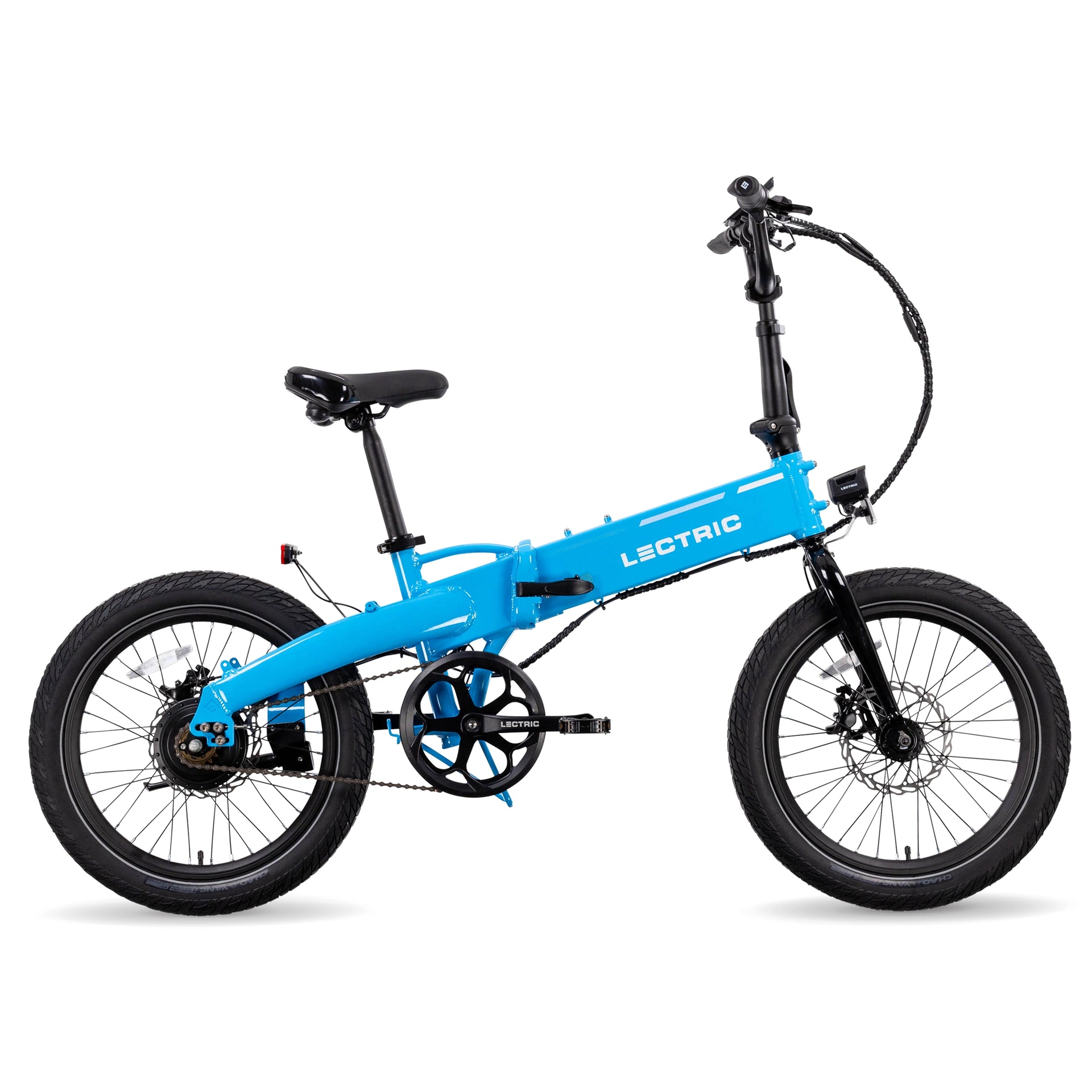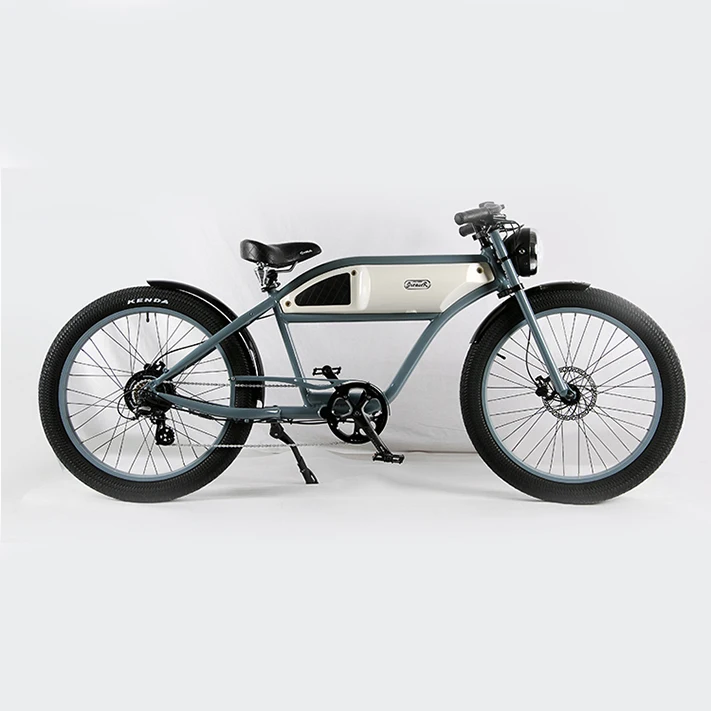As Vietnam stands out as one of the largest motorbike markets globally, a significant shift is anticipated in the coming five to ten years. With over 70 percent of its population relying on motorbikes for transportation, the competition between electric and gasoline models is intensifying, driven by major industry players like Honda, Yamaha, VinFast, Yadea, and others.
The Rise of Electric Bikes

While gasoline-powered bikes have long been the dominant choice in Vietnam and much of Southeast Asia, electric models are rapidly gaining traction. Factors such as government support, advancements in battery technology, and an increasing demand for environmentally friendly vehicles are propelling this market shift. Industry experts predict that electric motorbikes could soon surpass gasoline versions, particularly in urban areas where environmental concerns and traffic congestion are top priorities.
Le Hoang Long, former CEO of Pega and now leading Giovani, highlights the unique challenges facing electric bike adoption in Vietnam. Despite the average Vietnamese journey being only 27 kilometers daily, there is a strong consumer expectation for electric bikes capable of covering 150 to 200 kilometers on a single charge, matching the convenience of gasoline models.
Understanding Consumer Concerns

Long points out that this discrepancy between consumer expectations and actual needs is more than a technical issue; it also involves psychology and infrastructure. “Range anxiety”—the worry about running out of battery during a trip—remains a key barrier to widespread acceptance of electric bikes. Unlike gasoline bikes, which can be refueled at numerous stations within minutes, electric bikes often face lengthy charging times and limited charging networks.
This fear impacts consumer behavior significantly. Users are hesitant to switch to electric models unless they offer the same range and convenience as gasoline bikes. Long emphasizes that while electric bikes are primarily used for daily commutes, consumers still want them to be viable options for longer trips, reflecting a preference for flexibility and reassurance in their transportation choices.
Market Dynamics and Production Challenges

Long notes that despite the modest daily travel distances—averaging 27 kilometers for commuters and 11 kilometers for students—there is still a strong demand for electric bikes that can deliver over 150 kilometers per charge. Consumers favor powerful, feature-rich products, largely regardless of whether they utilize those features fully in their day-to-day lives. This expectation places pressure on manufacturers to enhance battery technology to meet these demands.
However, meeting these expectations poses significant hurdles. Motorbike manufacturers must balance optimizing battery capacity with production costs and consumer needs. In particular, models offering less than 100 kilometers per charge struggle to compete against gasoline bikes, especially in saturated student markets.
A Slump Post-Pandemic
According to reports from the Vietnam Automobile, Bicycle, and Motorcycle Association (VAMOBA) released in mid-2024, the electric bicycle and motorbike market had peaked at 700,000 units annually before experiencing a downturn. Following the COVID-19 pandemic, sales fell below 400,000 units per year, signaling a challenging landscape for electric bike manufacturers striving to regain momentum.
As this competition unfolds, stakeholders in the industry are keenly aware of the need to adapt to changing consumer preferences while navigating technological and infrastructural obstacles. With significant investments pouring into electric mobility from leading manufacturers, the race between electric and gasoline motorbikes is certain to shape Vietnam’s transportation future.
In summary, the battle between electric and gasoline motorbikes in Vietnam is heating up, with predictions suggesting that electric models may take the lead in just a few years, provided they can overcome consumer anxieties and infrastructural limitations.


